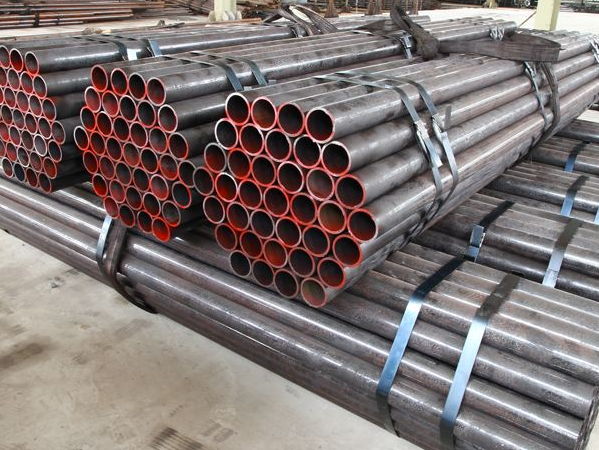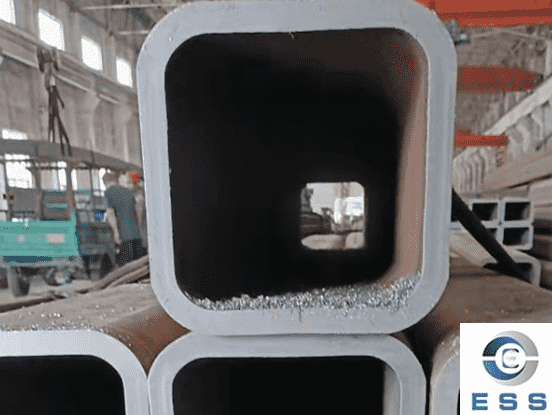According to the basic principle and process characteristics of nitriding treatment of
seamless steel pipes , the process parameters affected by it mainly include nitriding temperature, nitriding time and ammonia decomposition rate.
1. Nitriding temperature
When the nitriding temperature is 500 °C, the surface hardness is high, and the hardness decreases when the temperature exceeds this temperature. The reason is that the aggregation of nitrides below 500 °C is not significant and the smoke dispersion is large. At the same time, considering the relationship between the nitriding temperature and the hardness, the depth of the nitrided layer, and the deformation of the seamless steel pipe, the nitriding temperature is usually controlled at 480~560 °C.

2. Nitriding time
After nitriding for a certain period of time, the surface hardness reaches the maximum value, and the hardness decreases slightly after prolonging the time. For example, the higher the nitriding temperature, the shorter the time to reach the maximum value, and the lower the hardness value.
The depth of the nitride layer increases with time.
3. The decomposition rate of ammonia
The decomposition rate of ammonia is the percentage of the hydrogen and nitrogen produced by ammonia decomposition in the furnace gas volume. The higher the decomposition rate, the higher the hydrogen concentration in the furnace, which makes the nitrogen atoms in a stagnant state, that is, prevents the infiltration of nitrogen atoms, and vice versa. The number of active nitrogen atoms in contact with the surface of the seamed steel pipe decreases, and the ammonia gas increases the brittleness. The decomposition rate is related to factors such as the pressure in the furnace, the flow rate of ammonia, the state of the surface of the seamless pipe, and the presence or absence of catalysts, so the decomposition rate should be controlled within an appropriate range. Generally speaking, the decomposition rate of ammonia is controlled at about 18% to 45%, and the size of the ammonia decomposition rate can be adjusted by the ammonia flow rate and the pressure in the furnace.













 Eastern Steel Manufacturing Co.,Ltd not only improve product production and sales services, but also provide additional value-added services. As long as you need, we can complete your specific needs together.
Eastern Steel Manufacturing Co.,Ltd not only improve product production and sales services, but also provide additional value-added services. As long as you need, we can complete your specific needs together.










